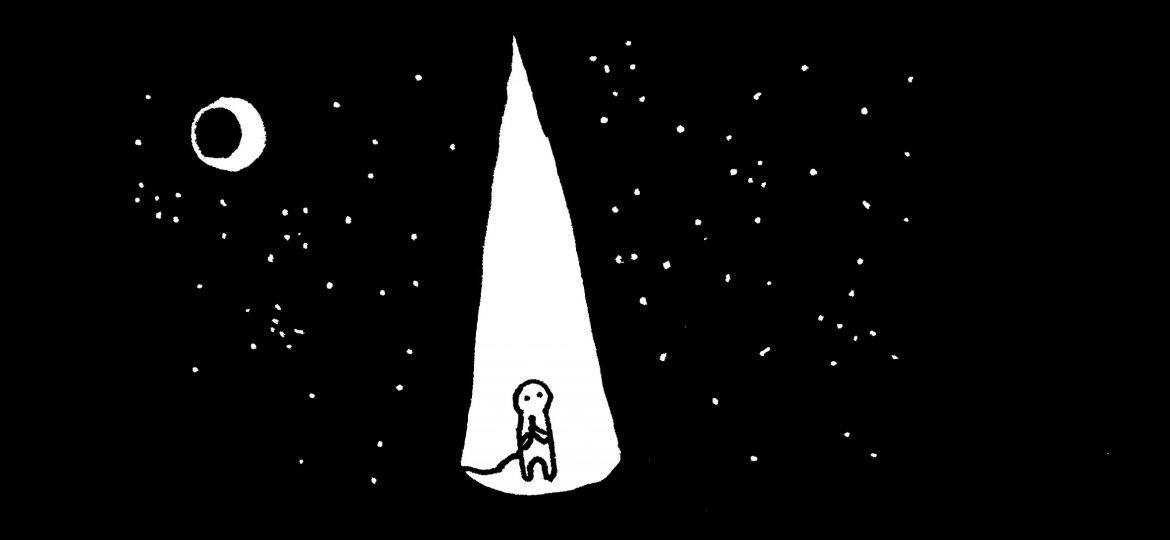
From pro sports to Broadway, institutions have undergone massive changes as a result of the COVID-19 pandemic. However, it is not only the athletes, musicians, actors and TV show hosts but also the millions of avid fans around the world who face these unprecedented challenges. Therefore, we must ask—how important is it that fans flood back into stadiums and theaters?
Deprived of the chance to cheer on their favorite sports team, many fans jumped at the opportunity that Major League Baseball (MLB) offered to purchase cardboard cutouts of themselves or even their dogs to have a front-row seat in stadiums. Twitter blew up with tweets about sitting next to a celebrity at a baseball game or being sent the homerun ball if it hit your cardboard self, and a new type of excitement buzzed around the world of sports.
The MLB, the National Hockey League and the National Football League began piping crowd noise into the stadiums in an attempt to bring the spirit of the game back. The topic generated conflict because the fake noise may be more distracting for the players and ruins the feel of the game. Initially, the idea was to recreate the feeling of excitement and competition within the stadium and to cover the voices of the players so the integrity of the game would not be compromised. In theory, piped-in noise is a good idea to make the best of the situation, but when I watch games, I find that the cardboard cutouts of people’s giant heads and artificial cheering make the game more of a comedy.
In the world of entertainment, comedians have taken to performing in front of virtual audiences. Broadway is streaming previously performed musicals, and the Grand Ole Opry is a ghost town for musicians. Similar to sports, we lose the excitement of being physically present watching the best of the best perform surrounded by an atmosphere of noise and nerves. Although the chat button and fake laughter attempt to bring the joy back, the feeling of physically attending these events is unbeatable.
St. Olaf, as well as many other institutions, faces the likelihood that performances will be live-streamed and audiences will be absent or at least socially distanced outside until 2021 at the earliest. As fans, there is a loss of connection between the teams and performers that we love, and on the other side, there is a different energy without applause and shouts. Although performing to an empty room has its challenges, the effects of opening up too soon are far greater.
Zoe is from Braddock Heights, MD.

